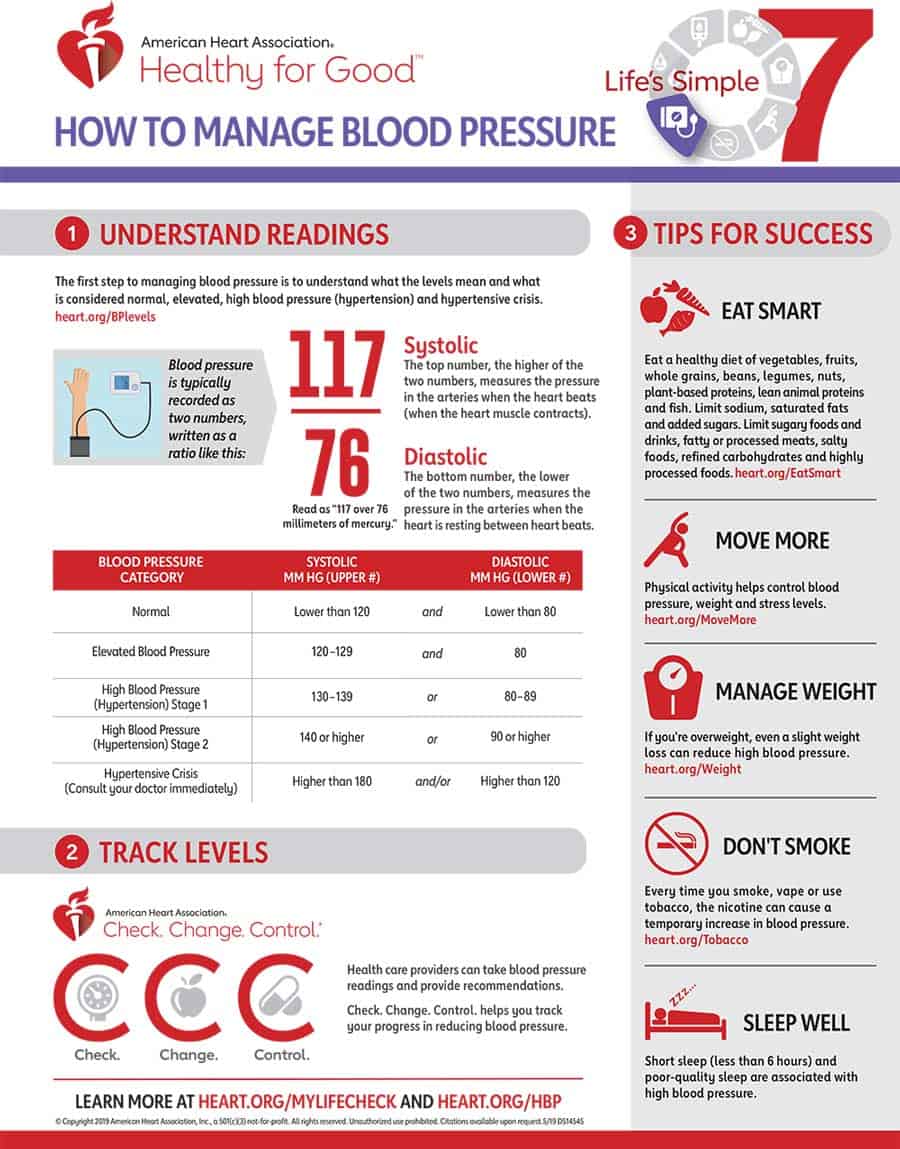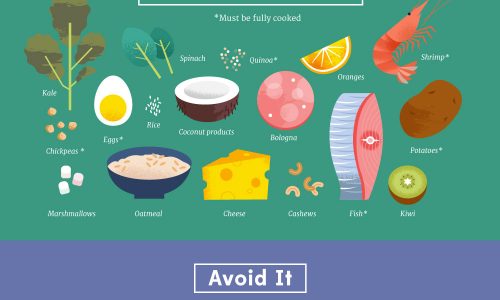
Getting your blood pressure checked anytime you’re going to the doctor is something so routine that many of us don’t really pay that much attention to this simple check-up.
Yet there are good reasons why doctors run this analysis most (if not all) of the time before attending to whatever you’re actually visiting them for. Maybe it would be convenient for you to know what it is and what does it mean when you—or someone you know—has high blood pressure.
This infographic provides a very understandable explanation about the types of readings you’ll get from a simple pressure test, and a simple chart explaining how these readings (the systolic and diastolic pressures) can determine whether your pressure is high or normal.
Once you’ve learned what it is it’s also important to learn how to track it, make adjustments to your daily life, and control your blood pressure if those numbers are not in your favor. These adjustments are not rocket science. Simple life changes like improving your diet, adding some physical activity to your schedule, and having enough hours of sleep contribute to control your blood pressure.
By following these tips, you can sustain steady blood pressure and avoid having to visit the doctor for issues associated with having high blood pressure in the future.





